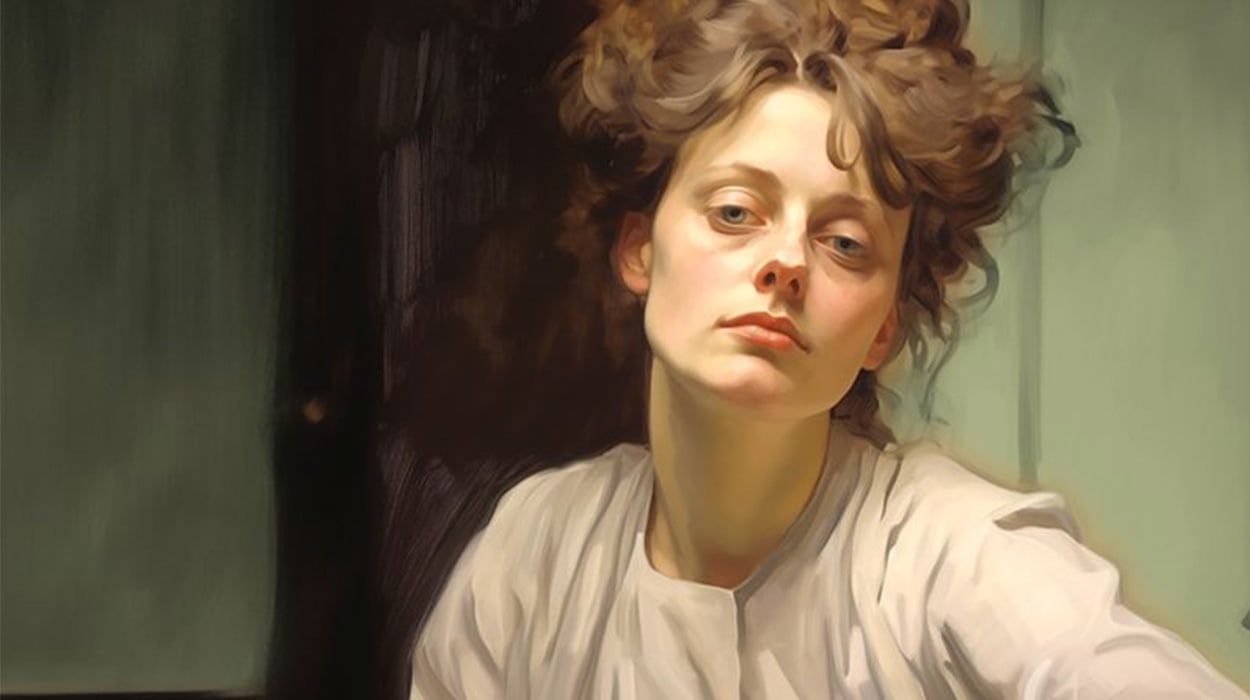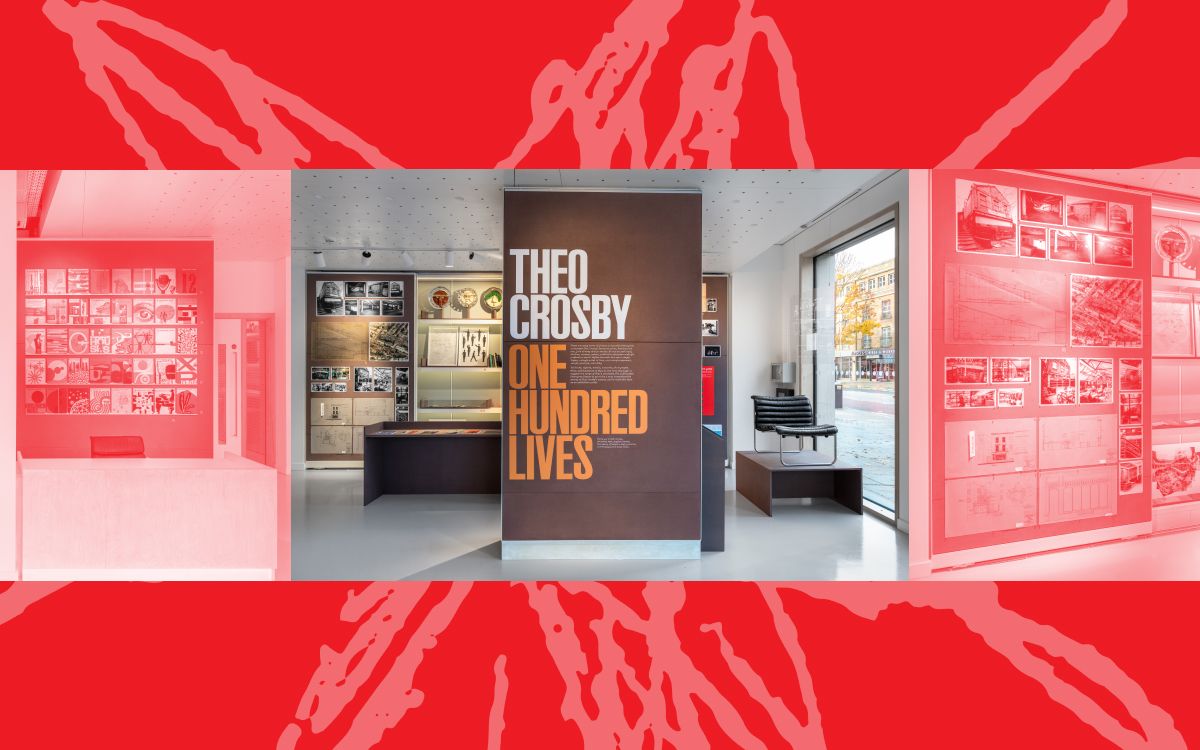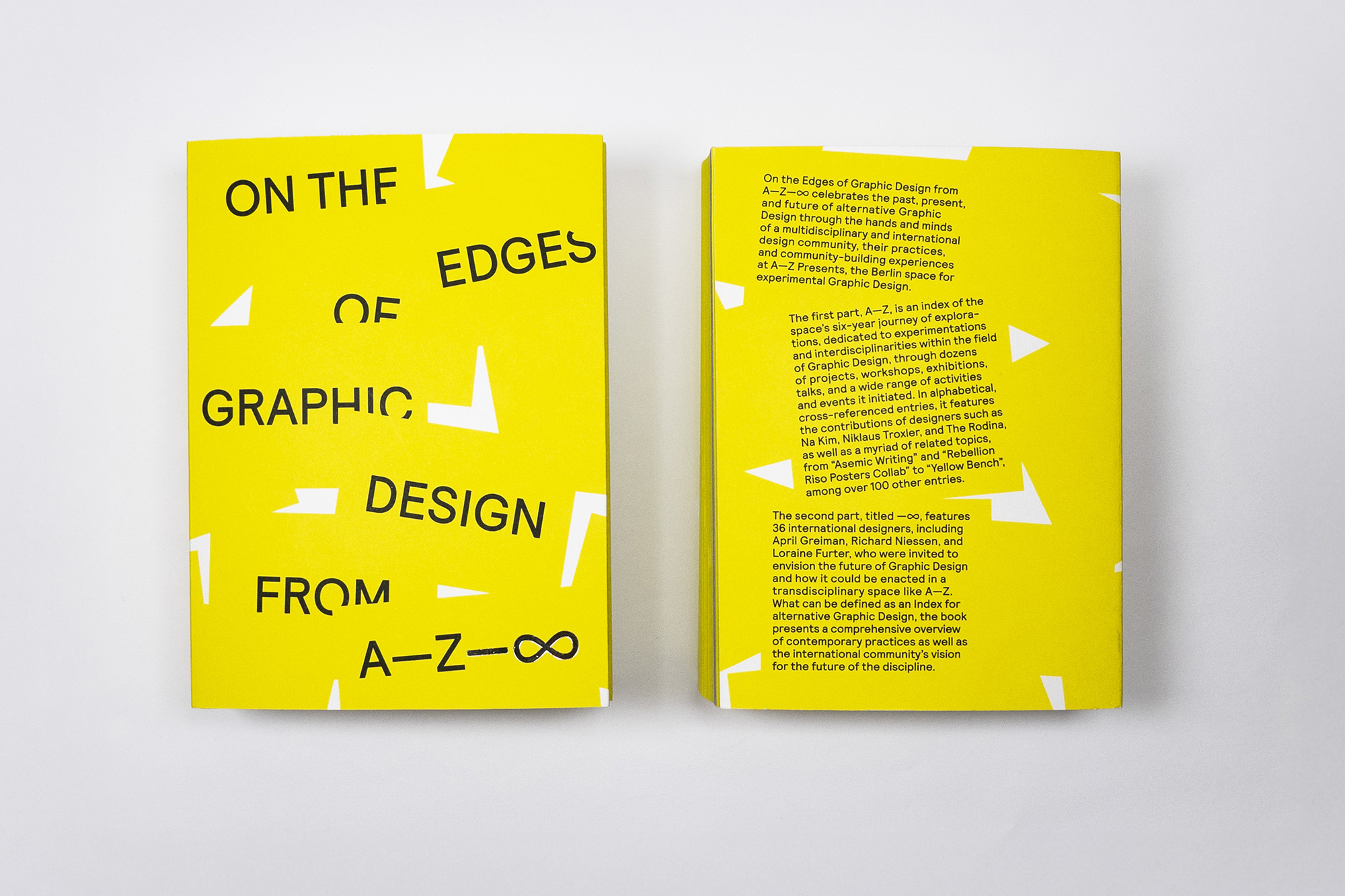Jessica Helfand, the designer, writer, editor, publisher, and co-founder of Design Observer can now add painter to her ever-evolving list of talents. Her first solo show, The Service Society is on view in New York City at Jim Kempner Fine Art. The paintings in the show “imagine a diasporic community of Irish women; housekeepers and cooks, chambermaids and scullery maids, and laundresses who were employed, more than a century ago by a number of wealthy American families.” I’ve been fascinated watching this work evolve over the last few years as Jessica posted previews on Instagram because, in 2019, Jessica and I co-designed her book Face: A Visual Odyssey. I couldn’t help but view this new work through the lens of that project and the conversations we had while designing it. I was curious how the research from that book prompted this new body of work, how she sees painting relating to her other work as a designer, writer, and researcher, and what else is on her mind at the moment.
You currently have a solo show of your paintings, The Service Society, at Jim Kempner Fine Art in New York City. Tell me about the ideas behind this body of work and the process of putting this show together.
This show—my first solo exhibition—began as a body of work several years ago, when I was studying the portraits of the wealthy Boston homeowners who hired John Singer Sargent, a century ago, to paint their portraits. As I was researching these families in the US Census, I saw that their live-in domestic workers were all listed, (names, gender, birthplaces and dates)—and though it was impossible to trace each of them, I began to research the bigger story, and was mesmerized.
The majority emigrated in the mid-to-late 19th century, and many came to the east coast (where I am based). Domestic servants were disproportionately tilted toward women, and most of these were Irish. They struggled to be heard. (They battled to unionize.) They were parodied in the popular press where they were often called “Bridgets” and assumed, wrongly, to be illiterate. They worked long hours, received low wages, and wrote millions of letters to their friends and families back in Ireland.
Live-in servants were frequently deprived of social lives outside the homes in which they worked, and those letters home spoke volumes. The titles of many of my paintings are taken from phrases I read in those actual letters. Four Dollars and The Black. Eighteen Working as Twenty. You’d be a Socialist, Too.
This project is an attempt to reset the coordinates a little, to reframe this story: it’s an imaginative, speculative exercise in historical re-enactment. I’m interested in the tension between the past (working with historical photographs that I layer, assemble, edit and probe) and the future (experimenting with formats, lenses, painting methods, and AI tools). The core of it all, though, are these people, and the stories they left behind. My observations are adapted from their experiences, not my own. (I sometimes say I paint like a method actor, and this is why.)
I, and I suspect many others, first saw your paintings in your 2016 book, Design: The Invention of Desire where each chapter opens with what appear to be abstract but are actually part of your Histology project where you painted macro images of body parts: cartilage, marrow, gut, amygdala, etc. I’m curious about two things: the relationship between painting and your work designing and writing that book but also about where and how painting became a part of your larger practice.
I have been painting seriously since about 2010, when we spent three months as residents at The American Academy in Rome: our children were old enough to be somewhat independent by that time, and I had this incredible, dedicated studio space.
I knew that something was changing for me in terms of how I imagined a studio practice, but it took nearly fifteen years to make the shift—after Bill died and I shut Winterhouse down, I had to figure out all kinds of work-life balance all over again—but eventually, I got there.
My Dad was a historian of science, and an art collector who pretty much thought that unless you were Picasso you had no business calling yourself an artist. (I loved him madly—but this is a pretty accurate statement.) I think, in hindsight, those early cellular paintings were an attempt to merge my interests with his, maybe even to seek his approval. I’d long been drawn to abstract form, yet he was a man rooted in scientific accuracy. So this was perhaps a silent, strategic compromise.
I loved making that work, but it felt limiting. So I kept going, and something else started to emerge.
Hero image: The Green Baize Door, Jessica Helfand (2024).
This story is exclusive to Substack subscribers.
Already a supporter? Click here to read the entire story.




